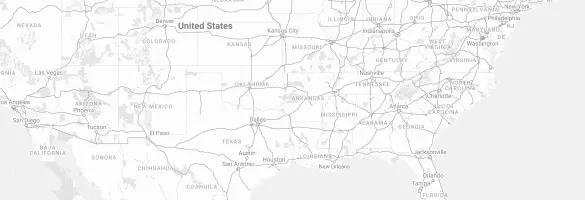Types of Disc Mowers and Best Disc Mower for Me?
There are several types of disc mowers available on the market, with varying features and capabilities. Here are four of the most common types:
These mowers are attached to the side or rear of a tractor and are designed for mowing hay or other crops. They can be either side-mounted or rear-mounted and typically have a lower profile than other types of disc mowers, which makes them better suited to uneven or rocky terrain.
These mowers are towed behind a tractor and are designed for use in large fields or when mowing multiple fields in a row. They can be quite large, and typically have a high capacity cutting system to handle large volumes of crop. What configuration best fits your operation side-pull or center-pivot disc mower? Side-pull disc mowers are ideal for customers looking for an economic and simplistic machine. Center-pivot machines are ideal for farmers looking for versatility which allows them to be able to mow on each side of the tractor vs side-pull mowers that can mow to only one side. The center-pivot disc mowers also excel at maneuvering through tight areas.
These are disc mowers that have three cutting units and are designed to create a wider windrow with each pass. They are ideal for large farms or custom operators with high volumes of hay or other crops.
Is a Disc Mower Better than a Sickle Mower?
Whether a disc mower is better than a sickle mower depends on various factors such as the type of crop being harvested, the field conditions, and the operator's preferences. Here are some factors to consider:
- Efficiency: Disc mowers tend to be more efficient than sickle mowers as they cover more ground quickly and can harvest larger volumes of crop in a shorter amount of time.
- Cutting quality: Disc mowers provide a more uniform cut compared to sickle mowers, resulting in better quality harvested crop.
- Terrain: Disc mowers are better suited to uneven terrains, whereas sickle mowers may struggle to maintain a consistent cutting height in uneven or hilly fields.
- Maintenance: Disc mowers tend to require less maintenance than sickle mowers, as they have fewer moving parts and are less likely to experience wear and tear.
- Cost: Disc mowers generally have a higher upfront cost than sickle mowers but may provide better value in the long run due to their efficiency and reduced maintenance needs.
- While both disc mowers and sickle mowers have their advantages and disadvantages, disc mowers are generally preferred for their efficiency and uniform cutting, especially for larger fields and higher volumes of crop.
Disc Mower versus a Drum Mower?
Disc mowers and drum mowers are two different types of mowers used for harvesting hay, grass, and other crops. Here are some factors to consider when comparing the two:
- Efficiency: Disc mowers tend to be more efficient than drum mowers, as they cover more ground quickly and can harvest larger volumes of crop in a shorter amount of time.
- Cutting quality: Disc mowers provide a more uniform cut compared to drum mowers, resulting in better quality harvested crop. Drum mowers can be more prone to leaving uneven stubble, which may impact subsequent crops.
- Terrain: Both disc mowers and drum mowers can handle uneven terrain, but disc mowers are generally better suited to hilly or rough terrain due to their more consistent cutting height.
- Maintenance: Drum mowers tend to require less maintenance than disc mowers, as they have fewer moving parts and are less likely to experience wear and tear.
- Cost: Drum mowers are generally less expensive than disc mowers, which may make them a more attractive option for farmers with a smaller budget.
Disc mowers are generally preferred for their efficiency, uniform cutting, and suitability for uneven terrain, but drum mowers, like the KUHN PZ 170, may be a better option for farmers with a smaller budget or who prioritize low maintenance needs. Ultimately, the choice between a disc mower and a drum mower will depend on the specific needs and preferences of the farmer.














